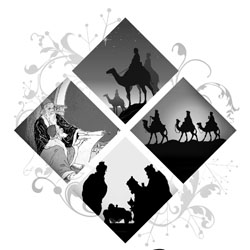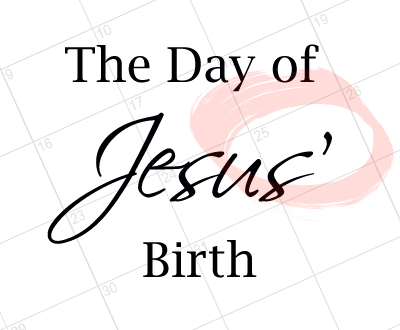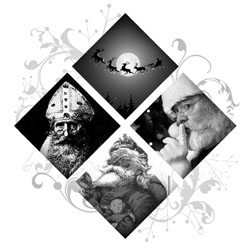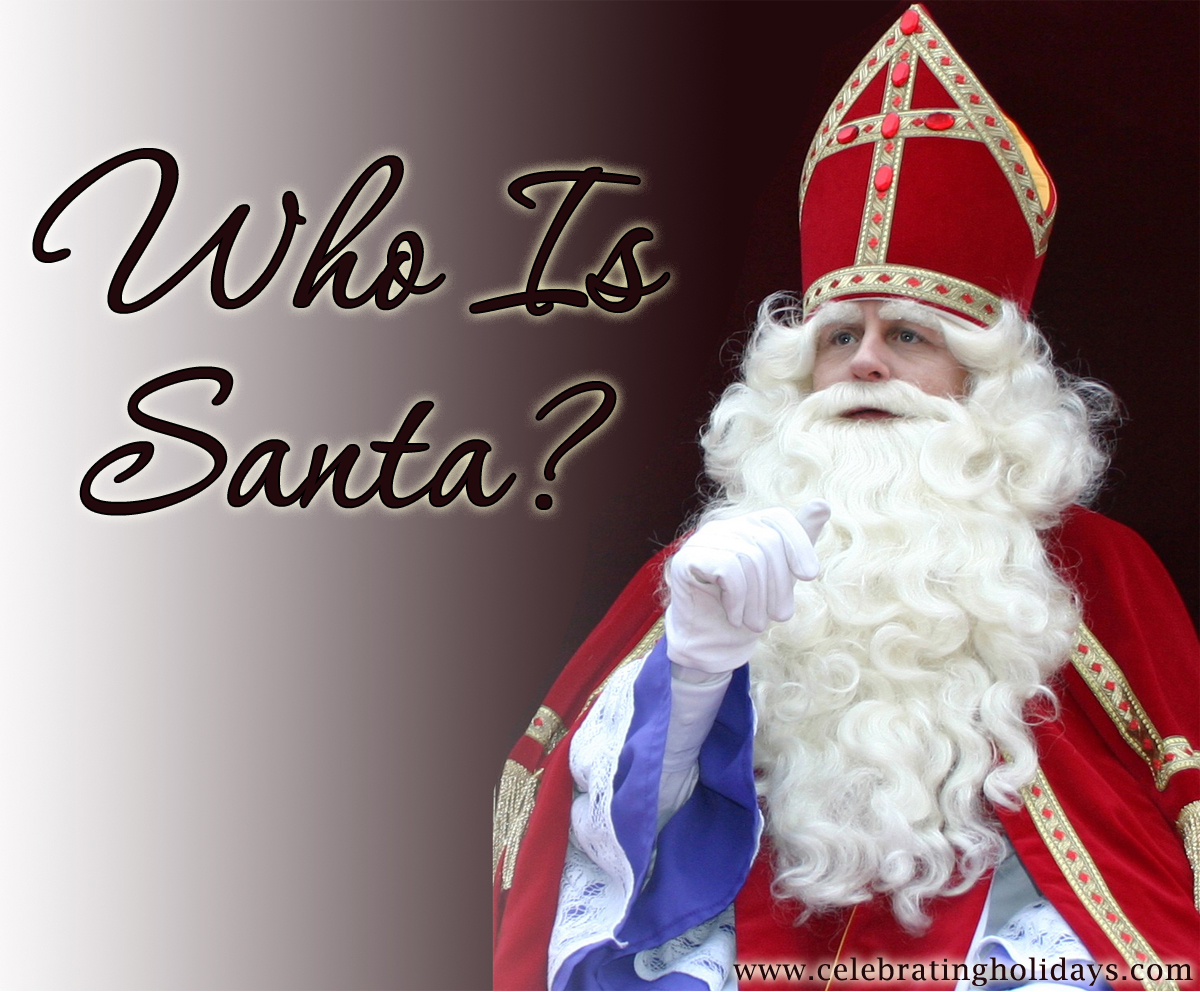Christmas Trivia
Below you will find a list of common questions about Christmas. Click on any question that interests you, and you will be directed to the answer below. If you have any questions that are not answered on this site, please contact us!

Note that answers for the below questions were drawn from our featured Christmas book.
| WAS JESUS REALLY BORN ON DECEMBER 25TH? |
Though the gospels of Matthew and Luke helped to spread knowledge of the Nativity story in the first century, neither writer provided an exact date for Christ’s birth. Perhaps because the day was unknown, the earliest church records made no mention of a feast to honor it. Furthermore, it is likely that early Christians did not celebrate or place any particular value on birthdays.
It was not until the third century that various pockets of Christians began to show interest in the date, and it would take another century for the Church to begin celebrating it with some uniformity. Even then, the Eastern and the Western Churches remained divided on the date.
Conventional wisdom holds that Christians ultimately agreed to celebrate Christ’s birth on December 25, because they wanted to counter popular pagan festivals. However, this may in fact prove to be historical myth. Even Encyclopedia Britannica acknowledges, “One of the difficulties with this view is that it suggest a nonchalant willingness on the part of the Christian church to appropriate a pagan festival when the early church was so intent on distinguishing itself categorically from pagan beliefs and practices.”1 Admittedly, some pagan practices were “Christianized” and became part of Christmas celebrations, but it appears that early Christians made a sincere effort to properly identify the date of Christ’s birth, not just co-opt a pagan holiday.
For the intriguing detail on how Christians selected December 25th as the date of Christ’s birth, see our “History of the Day of Christ’s Birth” page.
1 Encyclopedia Britannica. “Christmas.” Retrieved August 05, 2008 from Encyclopædia Britannica Online: http://www.britannica.com/EBchecked/topic/115686/Christmas.
| WHAT AND WHEN IS ADVENT? |
Historically, the Christmas season begins on the first day of Advent (which is the fourth Sunday before Christmas). The term advent comes from the Latin word adventus, which means “coming.” In the Middle Ages, this term came to apply to a period of preparation for Christ’s birth (his “coming” into the world) on Christmas day.
For more detail on the history of Advent, visit our “History of Advent” page. To learn more about Advent wreaths (their history as well as traditions for Scripture reading and candle lighting), visit our “Advent Wreath Traditions” page.
| WHAT AND WHEN IS EPIPHANY? |
The term epiphany comes from the Greek word “epiphaneia” which means “appearance,” “manifestation,” or “showing forth.” Western Christians celebrate Epiphany as the day the Wise Men first saw Jesus (when Jesus first “appeared” to them). Epiphany is celebrated on January 6th in the Western tradition. The days between Christmas and Epiphany are called the Twelve Days of Christmas.
| WHAT AND WHEN ARE THE TWELVE DAYS OF CHRISTMAS? |
There seems to be a common misconception that the 12 days of Christmas come before the holiday when in fact they are the 12 days after Christmas that lead up to Epiphany (January 6th). In medieval times the period preceding Christmas used to be a solemn time of fasting, whereas the days after Christmas were the time of celebration. For more, see our History of the Twelve Days page.
| WAS JESUS REALLY BORN IN A STABLE? |
Luke records that Mary “gave birth to her firstborn, a son [and] placed him in a manger” (Luke 2:7). The word manger is derived from a Latin verb mandere which means “to chew,” and Webster’s defines it as “a trough or open box in a stable designed to hold feed or fodder for livestock.” The Bible never specifically mentions a stable, but the fact that Jesus was laid in a trough implies that Mary and Joseph must have been staying with animals. Simply put, “there was no room for them in the inn” (Luke 2:7), and the only other shelter available was probably that of animals.
Though the stable is typically depicted as a wooden structure, it was more likely a cave. In 150 AD, Justin Martyr (approximately 100-165 AD), a Christian philosopher and writer, recorded how Jesus was born in a cave that was used as a stable.1 Additionally, in 326 AD, the Church of the Nativity was erected at the site of the cave that was traditionally held to be the birthplace of Christ. Interestingly, the manger may not have been made of wood either. Archeologists have excavated several stone mangers that date back to biblical times.2 Though the stable and the manger are almost always made of wood in modern Nativity scenes, it is quite possible that they were both carved out of stone at the original scene.
1 Justin Martyr. Dialogus 1xxviii.
2 Maier, Paul L. In the Fullness of Time. Kregel Publications, 1997, pp. 38-41.
| WERE THE WISE MEN REALLY KINGS? |
The Greek New Testament refers to the Wise Men as magoi, most often translated as “magi, wise men, astrologers or magicians.” There is no indication that these men were kings. Most likely, the Wise Men of the Nativity Story came to be referred to as kings (and also depicted as riding camels) because of a prophecy written by Isaiah approximately 700 years before the birth of Jesus:
“Nations shall come to your light, and kings to the brightness of your dawn. . . . A multitude of camels shall cover you, the young camels of Midian and Ephah; all those from Sheba shall come. They shall bring gold and frankincense and shall proclaim the praise of the Lord” (Isaiah 60:3-6).
The mention of gold and frankincense immediately brings to mind the gifts of the Wise Men, and it is reasonable to apply the prophecy to the Nativity story. Though Isaiah’s words do not require that the gifts come from kings, it is quite possible that the Wise Men were sent as ambassadors of a king or kings. If we look to the Old Testament to better understand the role of wise men, we see that they were intimately connected to their kings and served as a primary source of counsel. Daniel, one of the wise men of Babylon, was made ruler over the entire province by King Nebuchadnezzar (Daniel 2:48), and was later placed in the highest position of authority under King Darius the Mede (Daniel 6:1-3). Though the Wise Men of the Nativity story may have held important rank in their country, they were not kings. For more, see our Wise Men page.
| WHY ARE THE GENEALOGY RECORDS FOR JESUS DIFFERENT IN THE GOSPELS OF MATTHEW AND LUKE? |
One of the most obvious “discrepancies” in the gospel accounts of the Nativity is the difference in the genealogies of Jesus as given by Matthew and Luke. Matthew’s list begins with Abraham and descends to Jesus, whereas Luke’s list begins with Jesus and ascends to Adam. This does not present a significant problem until the succession from David begins. See our “Genealogy of Jesus” page to understand how the genealogies are an intriguing fulfillment of prophecy.
| ARE SANTA CLAUS, ST. NICHOLAS AND KRIS KRINGLE ALL DIFFERENT PEOPLE? |
The name Santa Claus is the English form of Sinterklaas, the Dutch name for St. Nicholas. Though the modern Santa Claus is associated with a world of fantasy, the historical St. Nicholas (around 270 AD – 343 AD) was a godly man known for his charity and generosity. After his death on December 6, a tradition of gift giving was begun in honor of his giving spirit.
St. Nicholas Day is still observed on December 6 in many countries, but in others, America included, the practices associated with St. Nicholas’ Day were combined with Christmas. It seems natural that a holiday celebrating giving would merge with the birth of Christ, the greatest gift ever given to the world. However, the merger happened to the dismay of many Christian leaders who thought that St. Nicholas drew too much attention away from Christ. In Germany, parents were encouraged to teach their children that the Christ Child was the gift-giver. The name Kriss Kringle is the English form of the German name “Christ-kindl” (Christ Child). Ironically, in America the name Kriss Kringle came to be used synonymously with St. Nicholas, St. Nick, Santa Claus and even the English name Father Christmas. For more, see our Santa Claus page.
| ARE CHRISTMAS TREES REALLY PAGAN IN ORIGIN? |
Though some scholars have attributed the origin of the Christmas tree to pagan celebrations, it is more likely that the modern Christmas tree has its roots in Christian practices. No one will disagree that pagans have long “worshipped and served created things rather than the Creator” (Romans 1:25) . . . yes, even trees. Lighted trees were certainly used in various pagan religious celebrations throughout history, but there does not appear to be any direct link between the pagan rituals and the Christmas tree.
Among the many accounts claiming to explain the origin of Christmas tree, the three most popular are from Germany — making it the likeliest place of origin. The stories span from the 8th century to the 16th century; all three are rooted in historical fact and may be connected to one another. For more, see our Christmas tree page.
This page was created by:

We welcome your ideas! If you have suggestions on how to improve this page, please contact us.
You may freely use this content if you cite the source and/or link back to this page.






